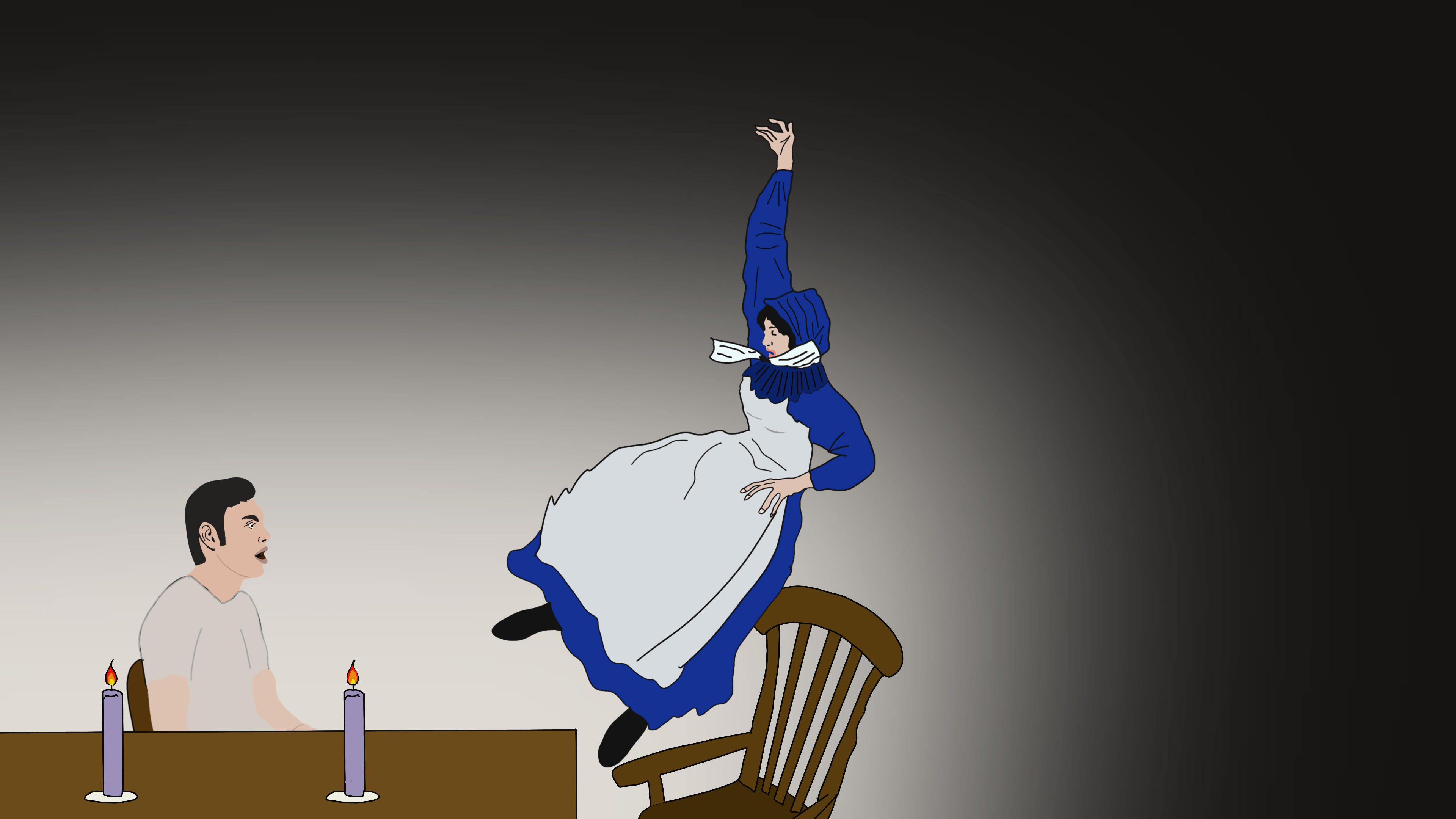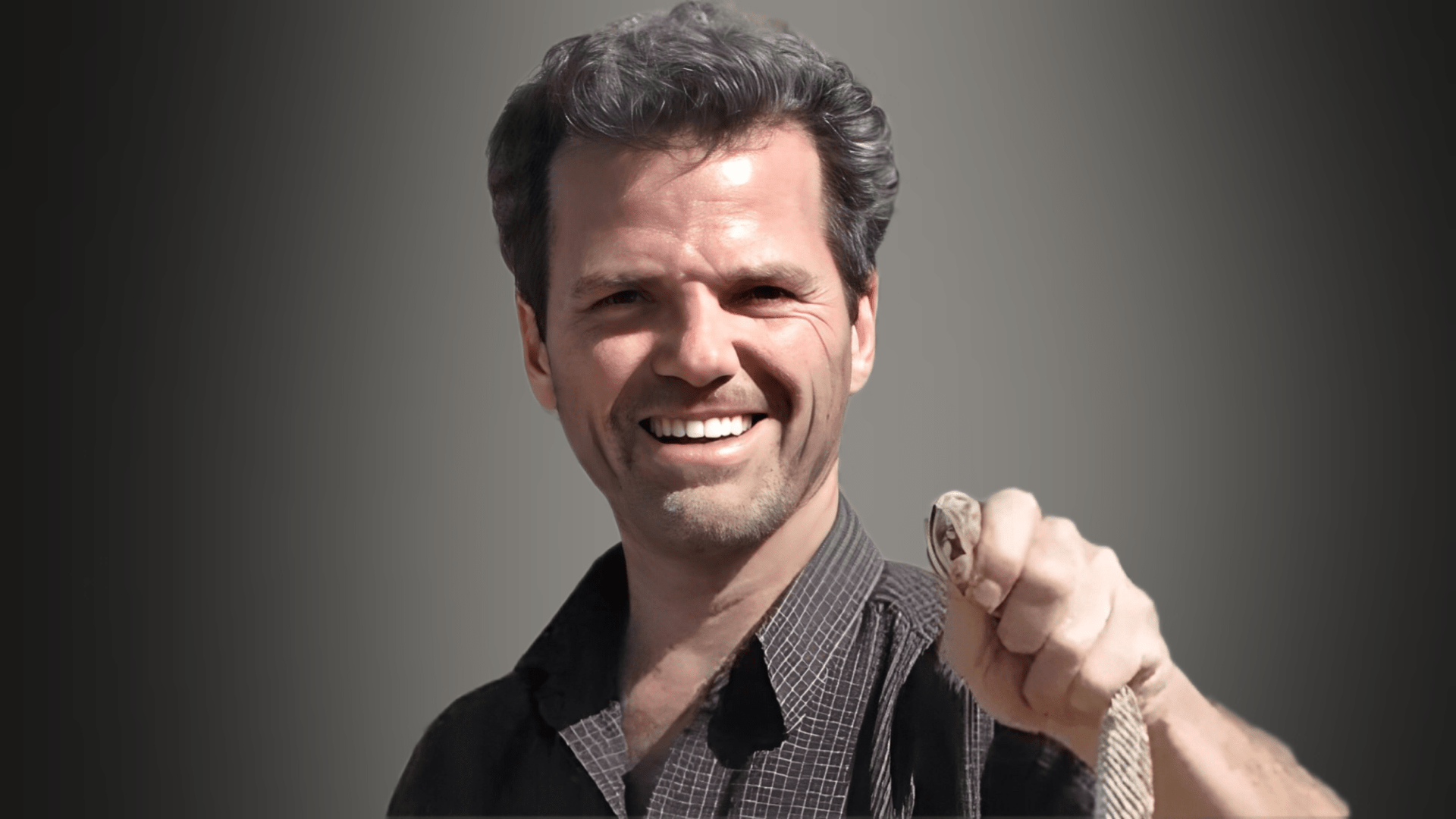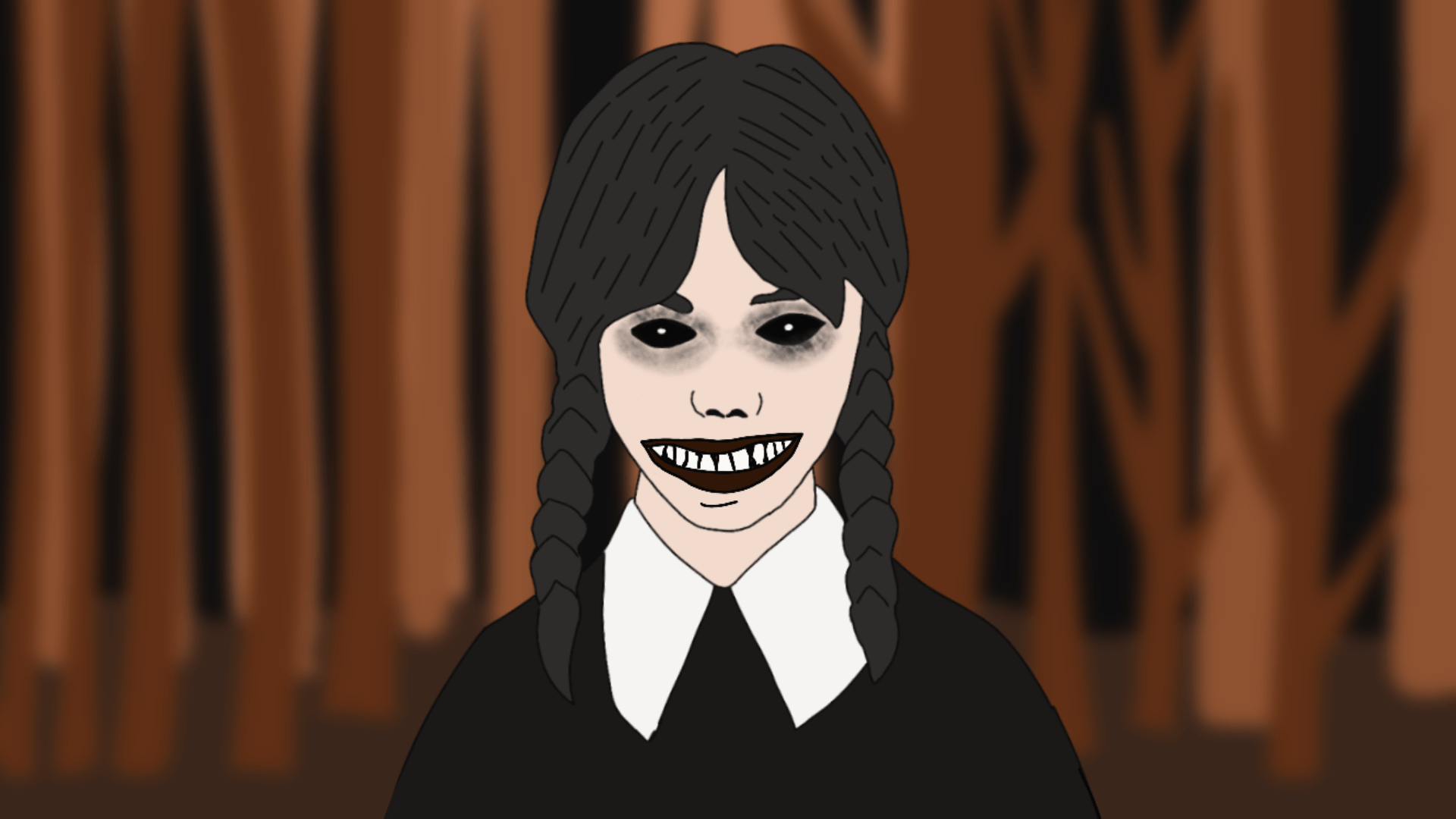In 1904, brothers Frank and Willie McLeod journeyed from Edmonton, Alberta to the Nahanni Valley, set in Northwest Canada in hopes of finding gold and striking it rich. As the area is extremely remote, the men traveled hundreds of miles, many on foot, before finally reaching Gold Creek. There, the men achieved their goal, finding gold and venturing back home safely. However, the brothers weren’t satisfied, and wanted more. This led the brothers to travel back out one year later in 1905. The men though never returned and were never heard from again.
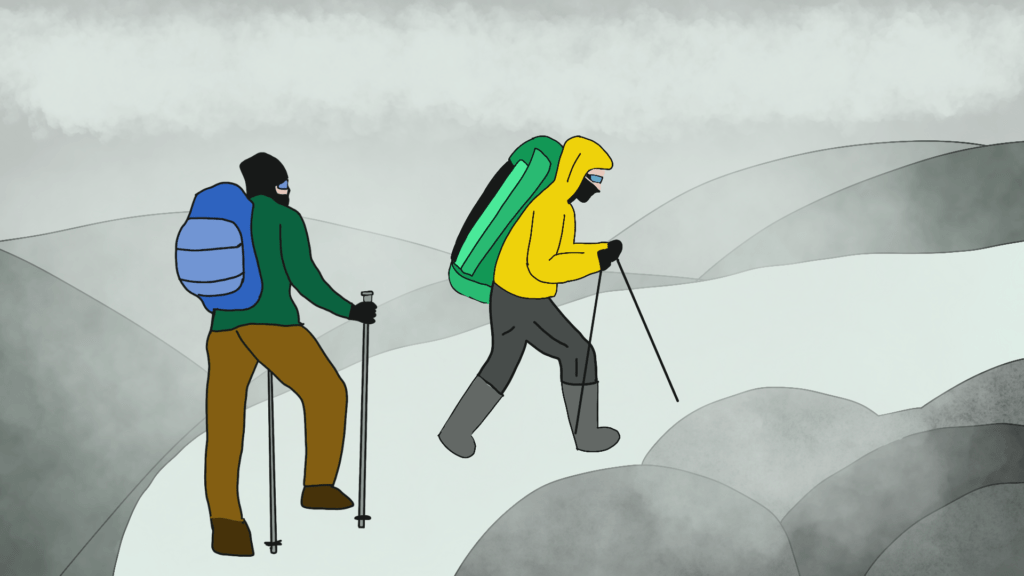
Several years later, in 1908, their brother Charlie would travel to the area in hopes of answering the question: What happened?
Soon after arriving, Charlie would discover two skeletons at a campsite. It was his brothers. According to reports, both men’s heads were severed, and it appeared as if they had been attacked while sleeping. While Frank and Willie were the first to die under mysterious circumstances in the area, they certainly wouldn’t be the last.
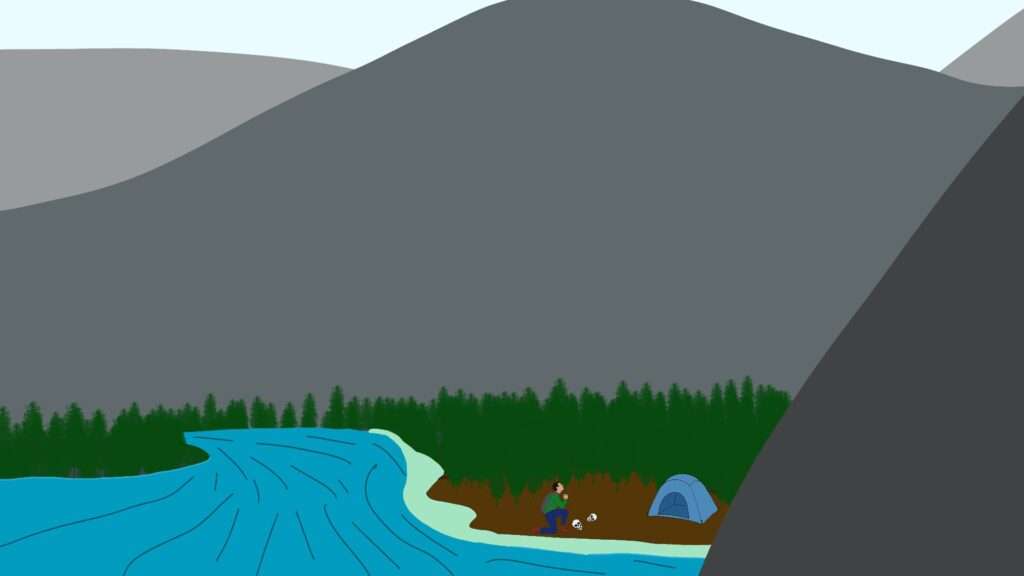
In time, the remote and dangerous Nahanni valley became to be known as the Valley of Headless Men.
In 1917, Martin Jorgenson set off into the Nahanni Valley in hopes of striking it rich. Jorgenson had heard tales of the gold in the area and aspired to become wealthy. He seemingly found the gold, having sent letters home saying he had found it and would be rich. However, Jorgenson would never enjoy the fruits of his labor. His Cabin was found burned to the ground, and inside, Jorgensen was decapitated.
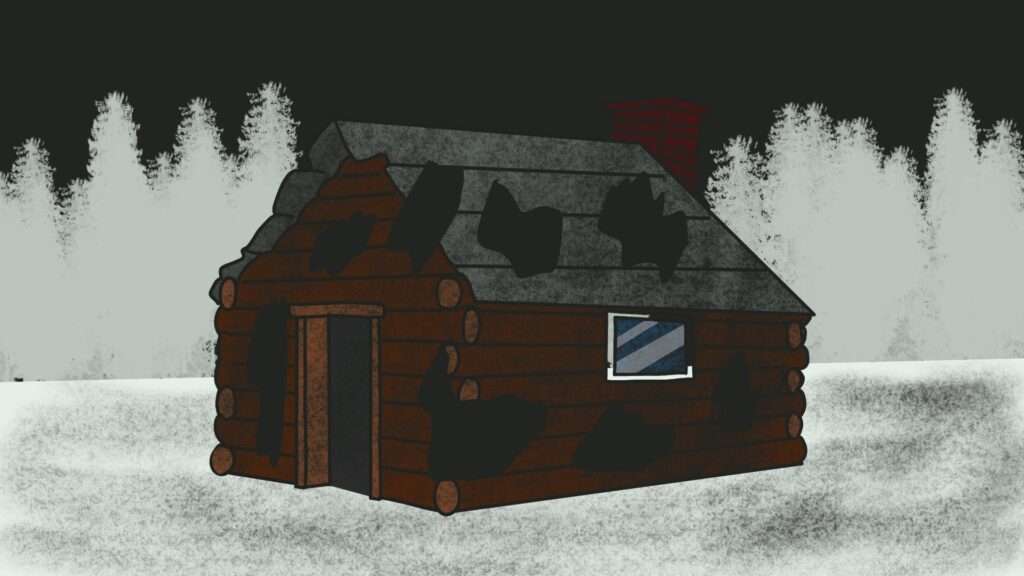
More strange deaths would occur leading many to believe the land was cursed.
In 1927, the corpse of a man nicknamed “Yukon” Fisher was found. The police found his body on the shore of Bennett Creek, close to the place where the skeletons of the McLeod brothers were discovered.
Around that time, the corpse of a man named Phil Powers was discovered. While authorities ruled it was a “Faulty Stovepipe”, in his cabin, many questioned this as his cabin had burned and seemingly it appeared someone or something had set it ablaze.
Years later, in 1945 a man named Ernest Savard who worked as a miner was panning for gold in the valley. Soon though his corpse would be found in his sleeping back, with no head.
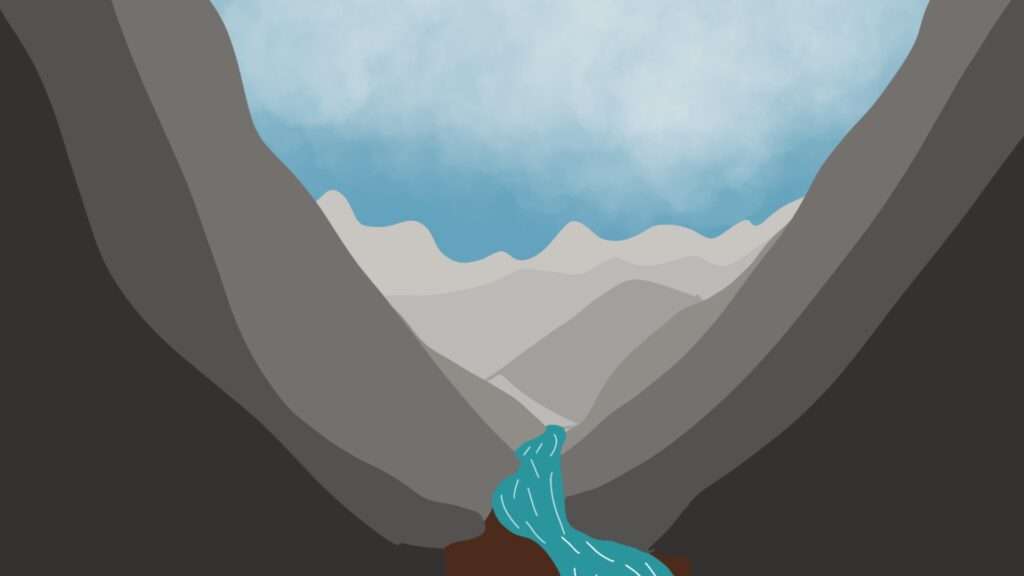
Deaths continued to pile up in this area over the decades, especially in the first half of the twentieth century. While many people disappeared without a trace and admittedly many died due to the dangerous, inhospitable environment, it didn’t stop others from believing this area is cursed.
But is the Headless Valley simply an extremely difficult place to be or is something more sinister at play?
Who were the Moon-Eyed People?
We know The Nahanni Valley is an extremely difficult place to travel being only accessible by plane, the river or on foot. That said, it is truly remote being some 500 miles from the nearest city of Yellowknife and individuals. The valley is situated above the 60th Parallel North, and besides the frigid temperatures that could kill one, there exists a variety of territorial predators including Grizzly bears and wolves.
One angle that needs to be explored are the indigenous people that have lived on the land. One tribe, the Dene tribe has lived in the area for thousands of years. According to their oral history, they tell of a nomadic warlike tribe known as the Naha. The Naha would frequently raid the villages of the Dene, steal and kill. One day, a group of Dene warriors ventured into Naha territory, as they entered their camp, they were shocked to discover no one was there. The Dene people never saw the Naha again.
Despite the hostile yet gorgeous environment, many people have other theories as to what happened to these people and the land.
Theories:
One concerns the Wahalee. In the 1960’s, the academic community became very interested in the region, due to its unexplored appeal. Some of the professors who returned from the Nahanni had stories with no explanation. Some of these men would tell stories of a massive, wolf-like creature that seemingly was territorial. After doing some research, they realized what they had seen was a legend from Inuit culture. In their culture they called the creature “Wahalee”, which meant bear dog. It was thought this animal went extinct millions of years ago. Could it be the case this wolf like monster decapitated and killed the men who ventured into its territory?
Perhaps the most popular theory says that these events are explainable. Some say that the gruesome deaths were caused by greed, or the “Yukon Gold Rush” which was occurring at the time. It’s well known that both the Mcleod brothers and Jorgensen had found gold. Could another jealous prospector had killed them in order to steal their gold? It’s surely possible, but it seems strange a murderer would decapitate them. It could be the case that a bitter argument occurred, perhaps over sharing supplies or food? There certainly motive to kill when gold is at stake, but decapitating still sounds extreme.
Many also will also point to the fact that many of the disappearances were in such a remote, tough place. Not only was finding food and surviving the weather a challenge, but also being able to navigate in a largely unexplored area.
Still, others point to the possibility that maybe an uncontacted tribe killed the prospectors. This theory holds some weight as the area is so isolated. is it possible the missing Naha tribe still exists? or another tribe, never discovered exists? Perhaps they didn’t approve of the men panning for gold?
One other interesting yet farfetched theory concerns a prospector story concerning a hidden valley, one which allegedly stays warm year-round and has a subtropic environment. Adventurers who visited this valley maintained that it was kept warm by hundreds of bubbling hot springs. The soil was said to be extremely fertile and there supposedly is a variety of animals for food. While this green land does sound farfetched and fabricated, it should be noted that the area has been reported for having many hot springs.
Today, we know more around the Nahanni Valley with more maps being made. Still, the region is vast and still difficult to get to. There have been many stories that have persisted into modern times, and this leads many to believe that something unknown lurks in this area.

